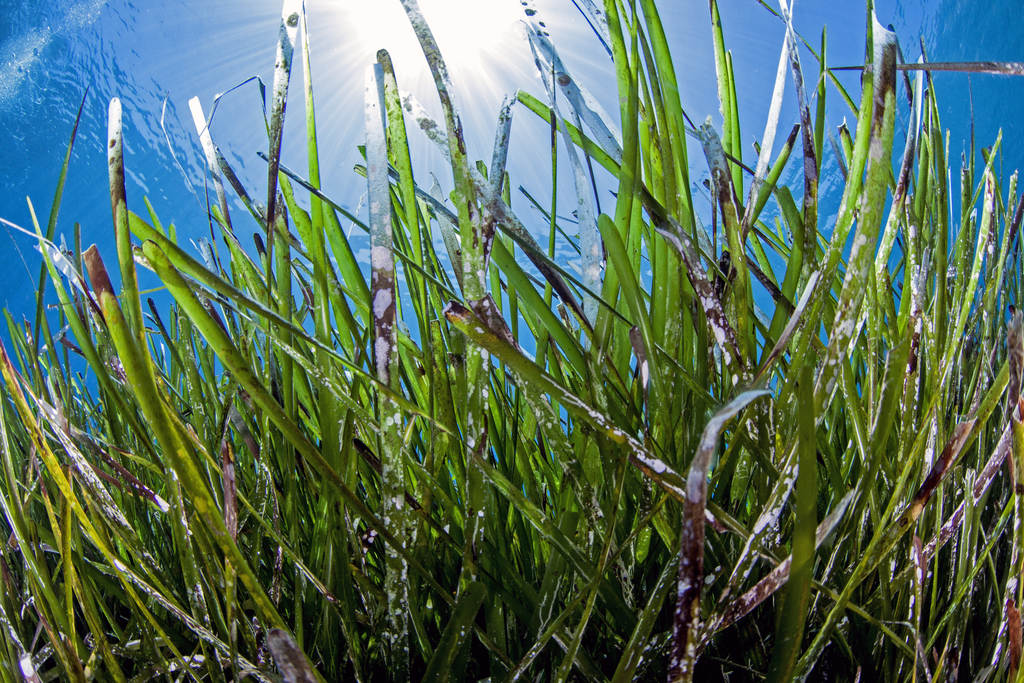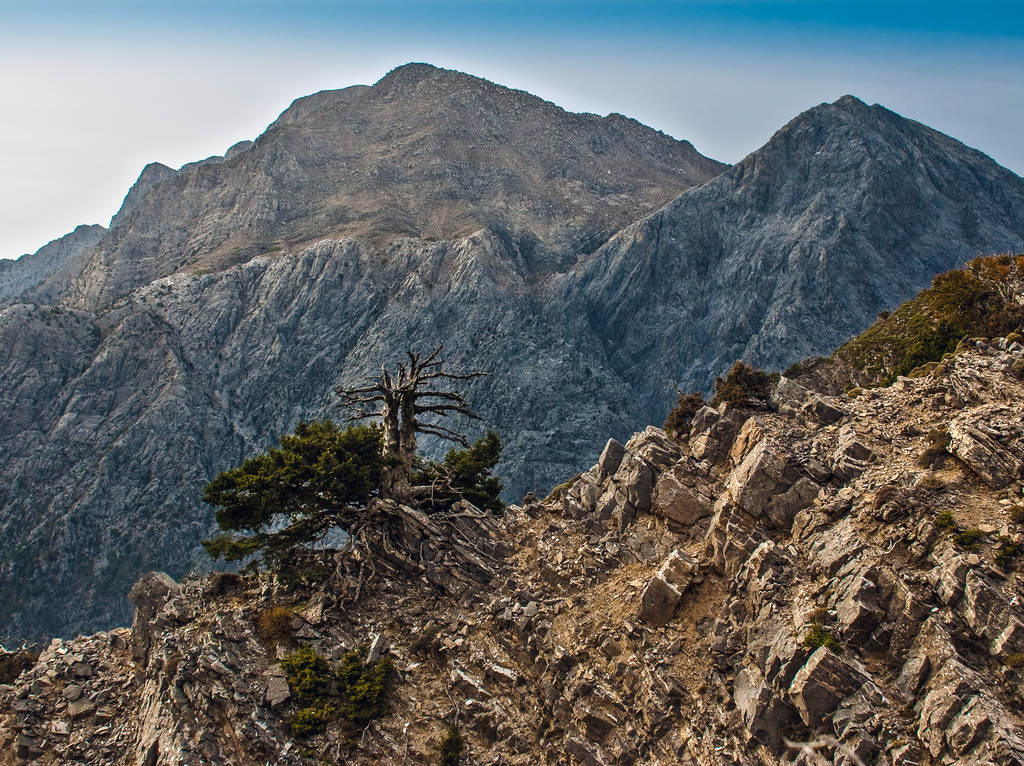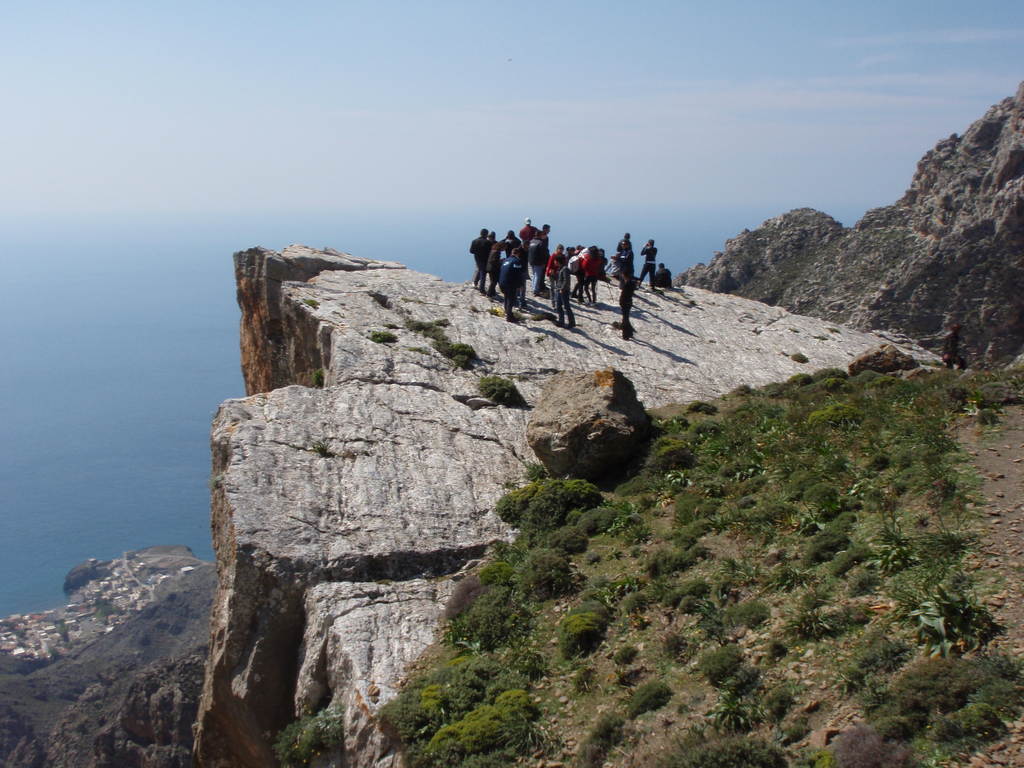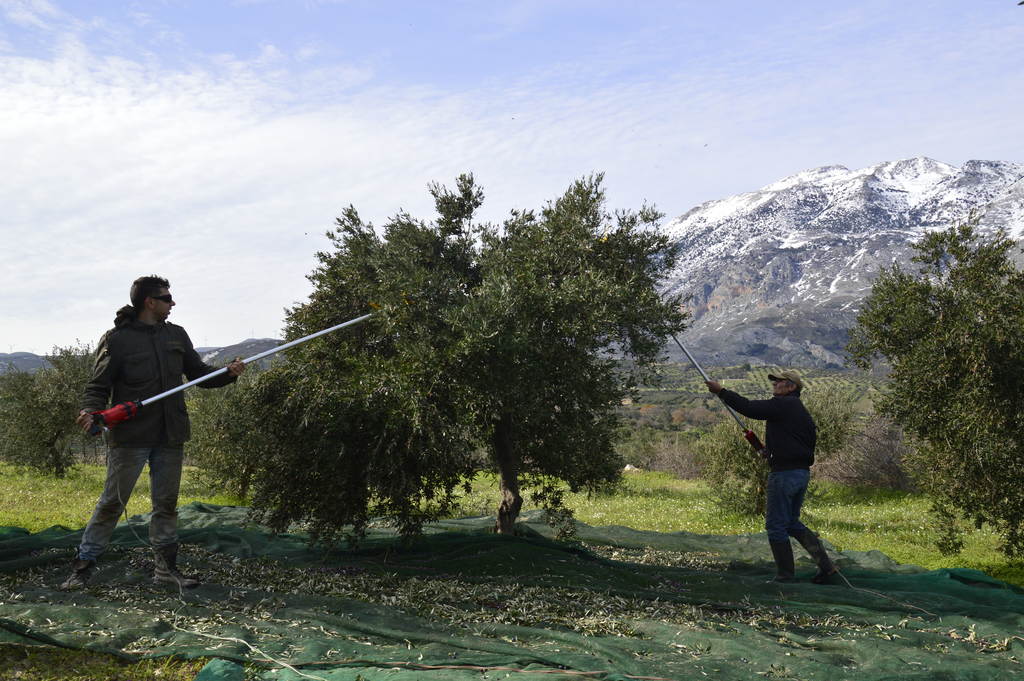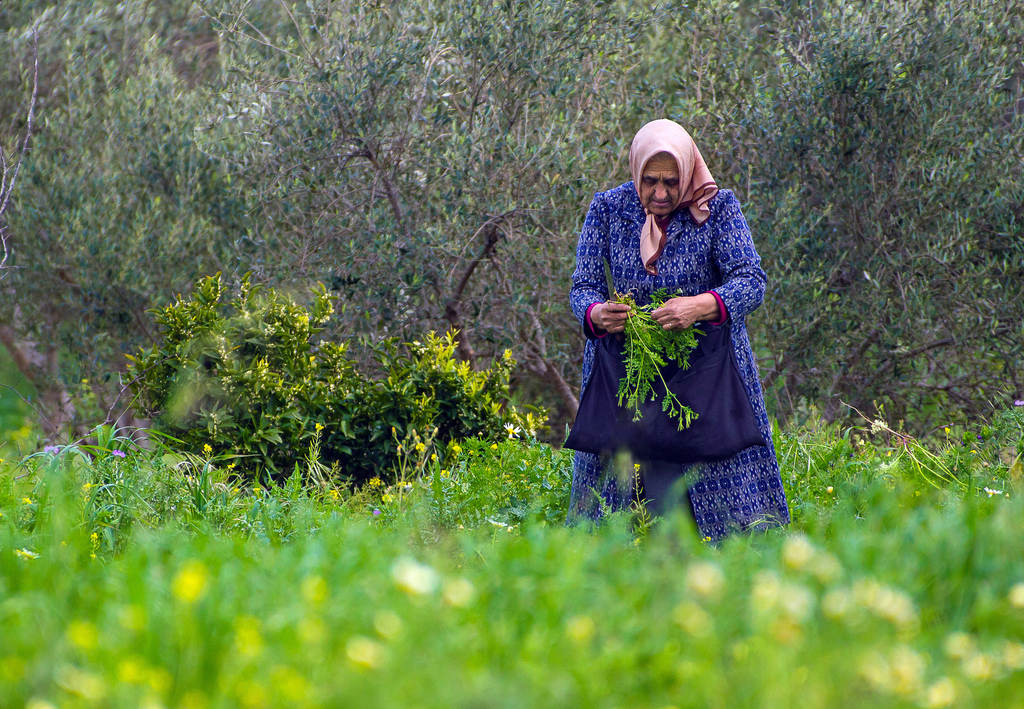May 2018 - LIFE Natura2000 Value Crete
Α) Identity of the project
| Title/ N° |
LIFE Natura2000 Value Crete «The ecological services, social benefits and economic value of ecosystem services in Natura 2000 sites in Crete, Greece» LIFE13 INF/GR/000188 |
| Duration |
01.07.2014 – 30.06.2018* * An Amendment to the Grant Agreement has been officially requested to European Commission / DG Environment, with a prolongation of the project duration until 31.12.2018 |
| Budget | 1.085.171 € |
| Beneficiaries |
Coordinating beneficiary: University of Crete – Natural History Museum of Crete (UoC – NHMC) Associated beneficiaries: |
| Location of activities |
Areas of the NATURA 2000 Network in Crete |
| Website | |
| Contact |
Michalis Probonas, UoC – NHMC, Coordinator LIFE Natura2000 Value Crete |
Description/Aim
The objective of the LIFE Natura2000Value Crete project is to design, develop and implement an environmental information campaign for the population living and operating within the NATURA 2000 Network (farmers, stockbreeders, hunters, professionals for tourism, employees of the public sector and local authorities, employees of the media, engineers, pupils, students, visitors) and the lay public of Crete for the ecological, economic and social value of the areas that have been included in the NATURA 2000 Network. The ultimate aim of the project is to highlight the valuable contribution of ecosystem services to the social prosperity and economic development of local communities, to promote alternative – environmentally friendly – economic activities and to cultivate skills of the local population in order to be actively involved to protect biodiversity in Crete.
The main objectives of the environmental communication actions to be developed within the project are the following:
- Information on the ecological value of the NATURA 2000 areas in biodiversity conservation, the obligations arising from the implementation of the NATURA 2000 Network and their integration into rural activities, as well as the funding opportunities for the development of the "green" economy in rural areas.
- Change of the attitudes of the local population towards the protected areas, so that they are not being considered as an inhibiting factor, but as an incentive for a sustainable local development.
- Cultivation of skills in specific social groups (e.g. professionals for tourism, employees of media, students) for participating in the protection of biodiversity and recognising the conservation and protection of the environment as an opportunity for local development.
Finally, the project aims to act as a model for the development of other environmental communication initiatives in other areas of the country that are part of the NATURA 2000 Network. For this reason, a Communication Guide on the ecological, social and economic value of ecosystem services in the NATURA 2000 Networks will be developed in the framework of the project.
Β) Best Practices
The Communication Strategy of the project was based on actions related to research on the knowledge, perceptions and attitudes of target groups and social partners for the NATURA 2000 sites and ecosystem services. The project's messages were as follows:
- NATURA 2000 Life for everyone
- NATURA 2000 Care, goods, investment
- NATURA 2000 Seed for development
- NATURA 2000 Goods of the peaks
- NATURA 2000 Sea of life
NATURA 2000 sites were divided into rural, mountainous and coastal areas, where their ecosystem services as well as the growth and employment opportunities in the so-called "Green" Economy were registered.
Information Guides for ecosystem services were published in the three above-mentioned categories of the NATURA 2000 Network sites, while the project's information material was aimed at informing about the value of protecting biodiversity and ecosystem services.
An Interpretative Guide for Tourism Professionals was published, while emphasis was given on the broadcasting of TV and radio messages, as well as the documentary of the project. At the Exhibition Halls of the Natural History Museum of Crete, the "NATURA 2000 Hall" has been operating since 2016, where through interactive systems all visitors can be informed for both the NATURA 2000 areas of Crete and their ecosystem services.
Finally, a series of workshops, open events, workshops and training seminars were organised concerning the project thematic throughout Crete.
C) Results
Major outcomes of the project are briefly the following:
- A significant part of the population that inhabits and being active in the NATURA 2000 areas of Crete, as well as local and regional authorities, are being informed about the ecological, social and economic value of the ecosystem services of the protected areas of Crete.
- The lay public of Crete is being informed regarding the ecological, social and economic value of the ecosystem services of the NATURA 2000 areas of Crete.
- The training of professionals involved in the tourism sector, students of the University of Crete (UoC) and the Technical University of Crete (TUC) and local journalists / media employees is expected to be have a multiplying effect in the integration of the ecological, social and economic value of ecosystem services in professional activities with an environment-friendly way, as well as the protection of biodiversity in general.
- Development of an environmental friendly behavior by the local population.
- Reduction of the human pressure on vulnerable ecosystems and elimination of human induced mortality of certain priority and protected species.
- Integration of the ecological value of the NATURA 2000 Network in local society and economy.
- Provide a blueprint for the transition to a “green” economy, though the creation of sustainable jobs and skills development.



